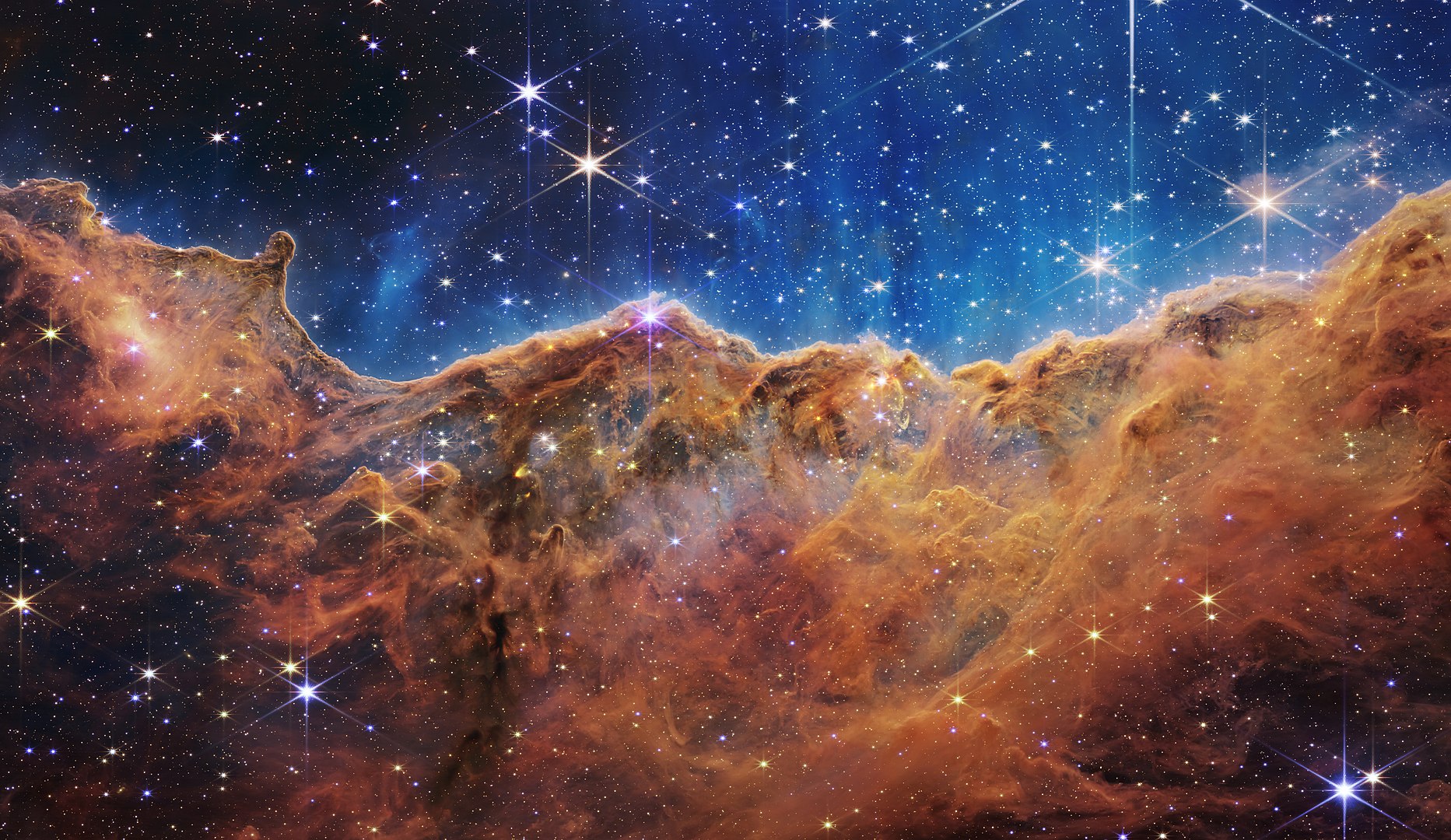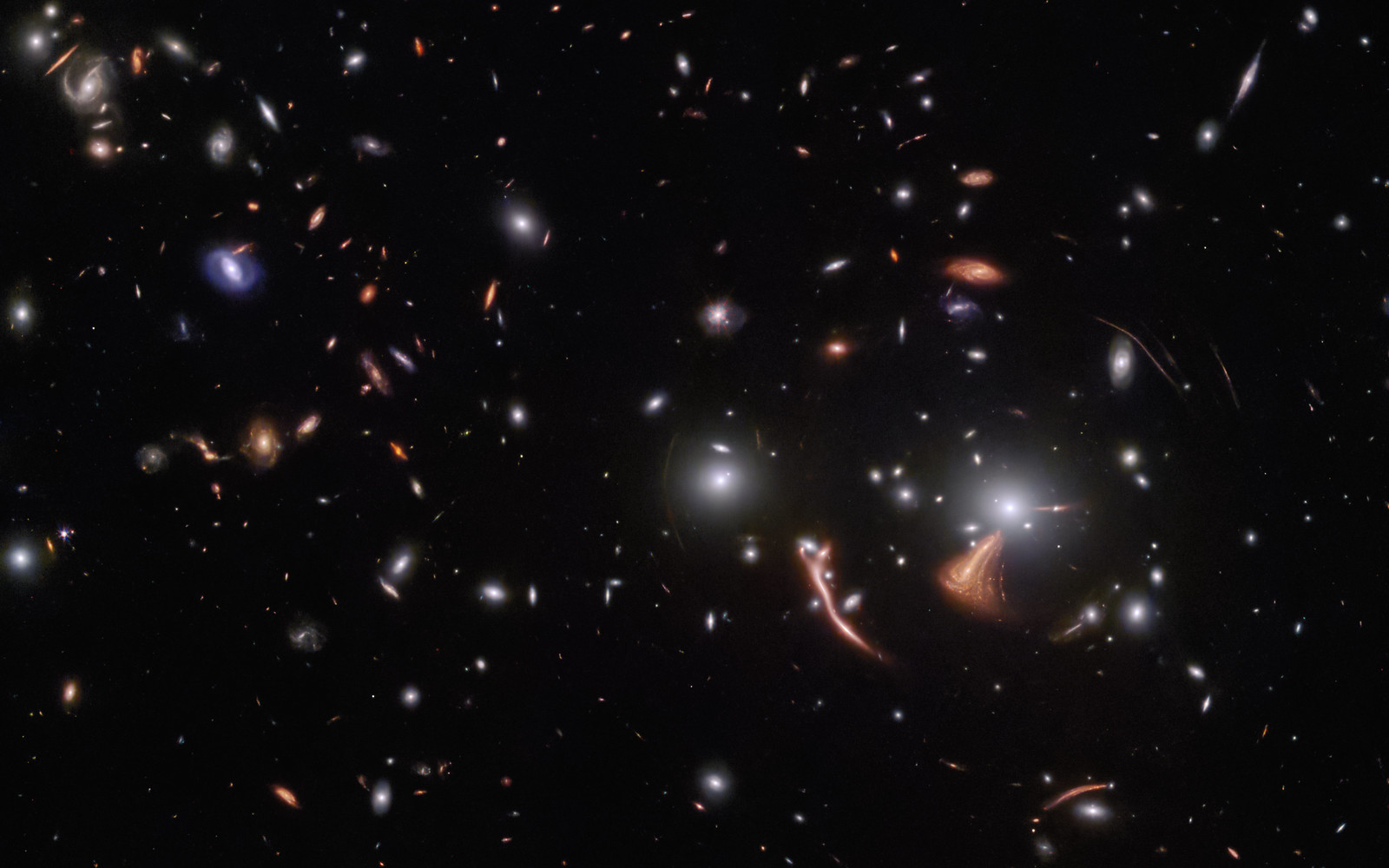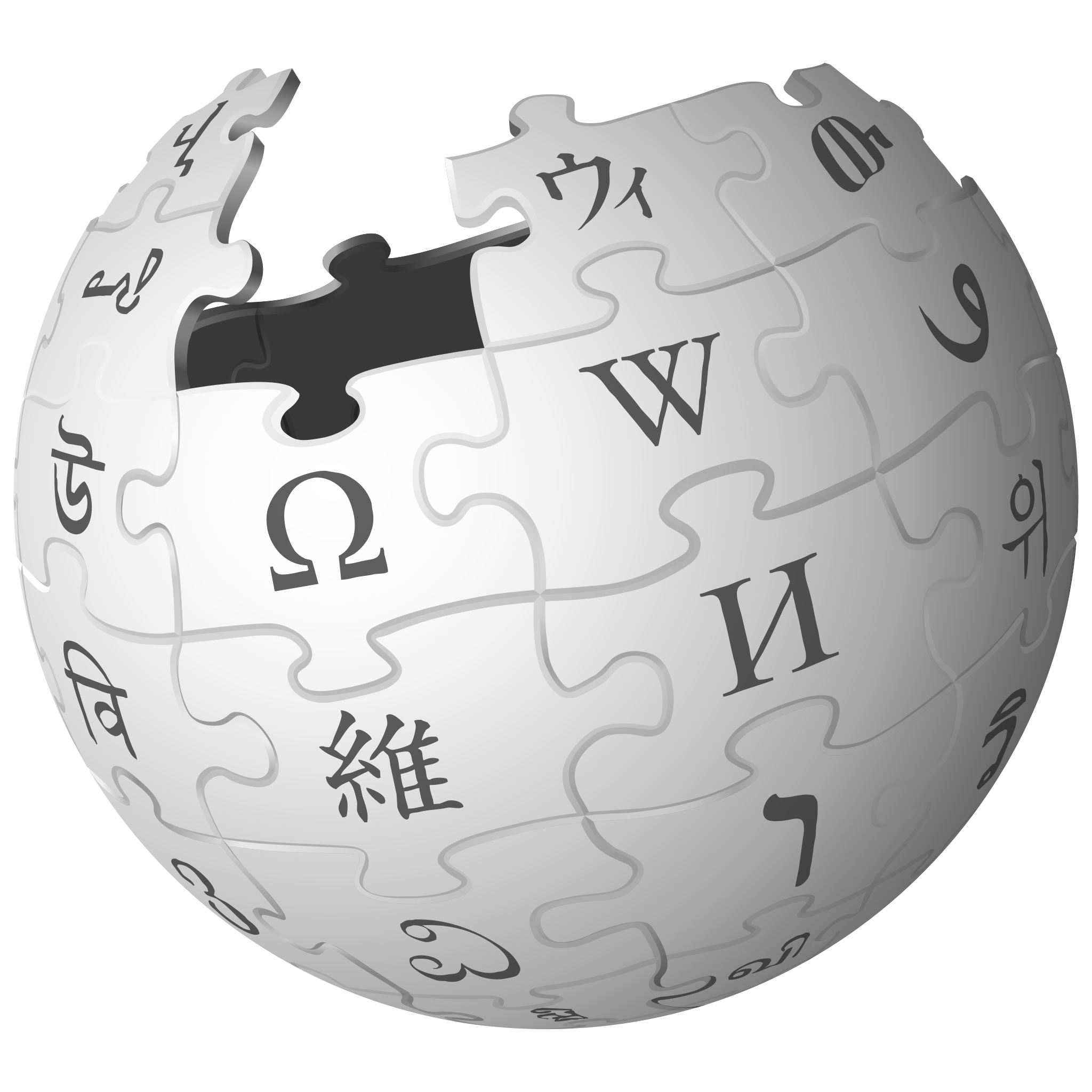The James Webb Space Telescope (JWST) is a space telescope currently conducting infrared astronomy. As the largest optical telescope in space, it is equipped with high-resolution and high-sensitivity instruments, allowing it to view objects too old, distant, or faint for the Hubble Space Telescope.[8] This enables investigations across many fields of astronomy and cosmology, such as observation of the first stars, the formation of the first galaxies, and detailed atmospheric characterization of potentially habitable exoplanets.[9][10][11]
Features
The mass of the James Webb Space Telescope is about half that of the Hubble Space Telescope. The JWST has a 6.5 m (21 ft)-diameter gold-coated beryllium primary mirror made up of 18 separate hexagonal mirrors. The mirror has a polished area of 26.3 m2 (283 sq ft), of which 0.9 m2 (9.7 sq ft) is obscured by the secondary support struts,[14] giving a total collecting area of 25.4 m2 (273 sq ft). This is over six times larger than the collecting area of Hubble's 2.4 m (7.9 ft) diameter mirror, which has a collecting area of 4.0 m2 (43 sq ft). The mirror has a gold coating to provide infrared reflectivity and this is covered by a thin layer of glass for durability.[15]
Location and orbit
JWST operates in a halo orbit, circling around a point in space known as the Sun–Earth L2 Lagrange point, approximately 1,500,000 km (930,000 mi) beyond Earth's orbit around the Sun. Its actual position varies between about 250,000 and 832,000 km (155,000–517,000 mi) from L2 as it orbits, keeping it out of both Earth and Moon's shadow. By way of comparison, Hubble orbits 550 km (340 mi) above Earth's surface, and the Moon is roughly 400,000 km (250,000 mi) from Earth. Objects near this Sun–Earth L2 point can orbit the Sun in synchrony with the Earth, allowing the telescope to remain at a roughly constant distance[27] with continuous orientation of its sunshield and equipment bus toward the Sun, Earth and Moon. Combined with its wide shadow-avoiding orbit, the telescope can simultaneously block incoming heat and light from all three of these bodies and avoid even the smallest changes of temperature from Earth and Moon shadows that would affect the structure, yet still maintain uninterrupted solar power and Earth communications on its sun-facing side. This arrangement keeps the temperature of the spacecraft constant and below the 50 K (−223 °C; −370 °F) necessary for faint infrared observations.[28][29]
Software
Ilana Dashevsky and Vicki Balzano write that JWST uses a modified version of JavaScript, called Nombas ScriptEase 5.00e, for its operations; it follows the ECMAScript standard and "allows for a modular design flow, where on-board scripts call lower-level scripts that are defined as functions". "The JWST science operations will be driven by ASCII (instead of binary command blocks) on-board scripts, written in a customized version of JavaScript. The script interpreter is run by the flight software, which is written in C++. The flight software operates the spacecraft and the science instruments."[63][64]
Scientific results
James Webb Space Telescope finished its commissioning activities and was ready to begin full scientific operations on 11 July 2022.[241] With some exceptions, most experiment data will be kept private for one year for the exclusive use of scientists running that particular experiment, and then after one year the raw data will be released to the public.[242]
Gallery





